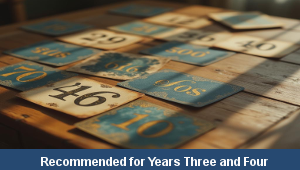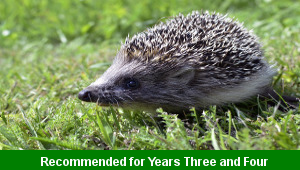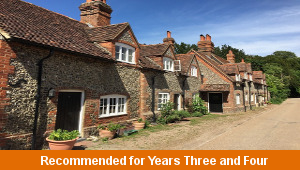Prefix Noughts and Crosses in and im

This English teaching pack for Key Stage Two gets the children to practise playing some paired spelling games to identify a range of different word roots that can be changed by the addition of the prefixes in and im.
The class can illustrate and record the meaning of each word with the prefixes in and im by using them in some example sentences related to the current class topic or theme.
Download this teaching pack including display posters, classroom activities and an interactive presentation to practise playing some paired spelling games to identify a range of different word roots that can be changed by the addition of the prefixes in and im
Activities in this teaching pack include display posters to identify the spelling and meaning of words with the prefixes in and im, a worksheet to play games to identify word roots that can be changed by the addition of the prefixes in and im and a set of cards to select and identify different words roots that can be changed by adding prefixes.
The interactive presentation gets the children to explore how to play games to identify word roots that can be changed by the addition of the prefixes in and im.
This lesson is part of an English scheme of work to get the children to identify and record how word roots can change their spellings and meanings when adding a range of different prefixes. There are teaching activities for shared learning, differentiated worksheets to support independent learning and interactive presentations to introduce concepts and key skills.
-

Rounding Hundreds
Explain and model how to round some different numbers to the nearest hundred based on the place values of the digits in each number
-

Rounding Tens
Identify and record how to round some different numbers to the nearest ten based on the place values of the digits in each number
-

Classic Animal Stories
Investigate the structure and content of classic works of fiction by significant authors with animals as the main characters
-

Cities, Towns and Villages
Research and present the history of a range of different buildings and people that are part of the local community using a school exhibition
